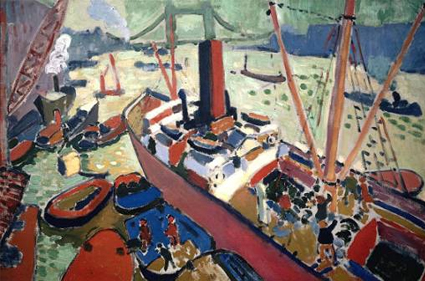FRANCIS BACON once said that painting is an old man's game. Presumably he meant that an activity so beset with obstacles, so famously hard to master, is something you can only get better at. The majority of artists like to believe this; the most wounding compliment you can pay to a distinguished painter is to say that you really admire their early work. But although some of the more famous artists of the past - Titian, Rembrandt, Velazquez - might seem to bear out the truth of Bacon's remark, the history of twentieth-century art is rich in figures who never lived up to their youthful promise.
An extraordinarily large proportion of the major figures in post-war American art - Johns, Rauschenberg, Lichtenstein, Warhol, Stella; the list could be extended - would seem to have failed, in later life, to match the work they made in their twenties and thirties. The pattern has been repeated elsewhere. But why should growing old pose such a problem to the modern artist? The question goes to the heart of what it means to be an artist in the twentieth century; and it is raised, in a peculiarly interesting form, by an exhibition currently at the Museum of Modern Art in Oxford: ''Andre Derain: The Later Work''.
Derain has been remembered as the first and most spectacular of Modernism's underachievers; a foun-dering father of contemporary art, who painted brilliantly for a few years but suddenly declined into medioc-rity. ''Derain: The Later Years'' cannot be said to achieve anything like a rehabilitation of its subject; but it does offer an intriguing study in failure.
Derain's later art is as poor as its detractors have always claimed: a miserable confection of rip-offs, ranging from dead- fleshed nudes painted in imitation of artists as diverse as Raphael and...


